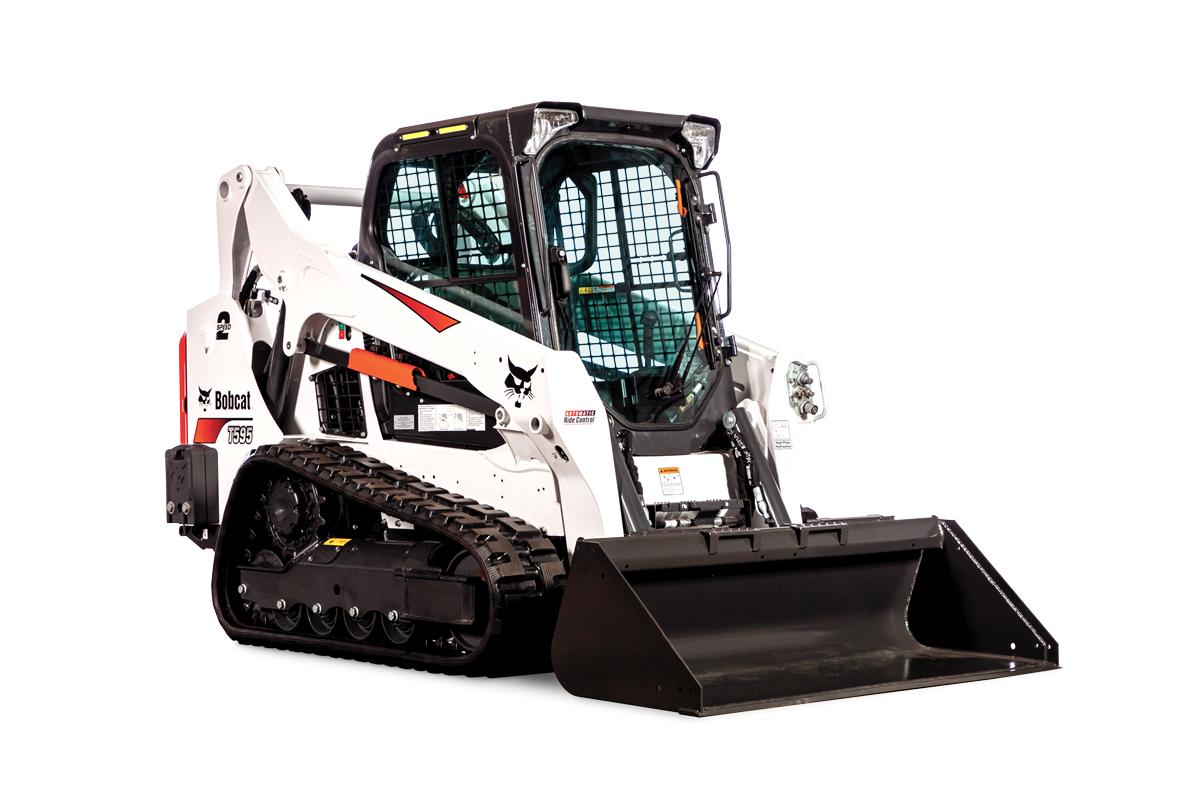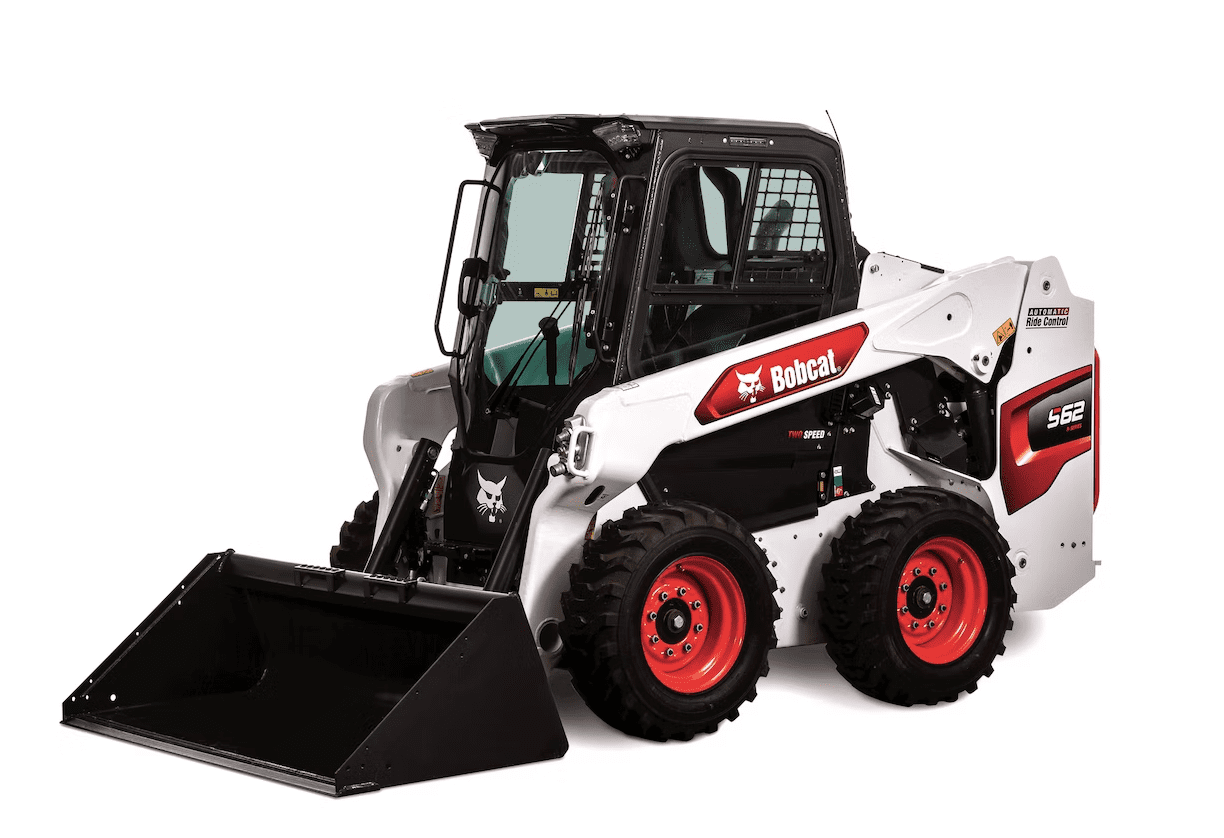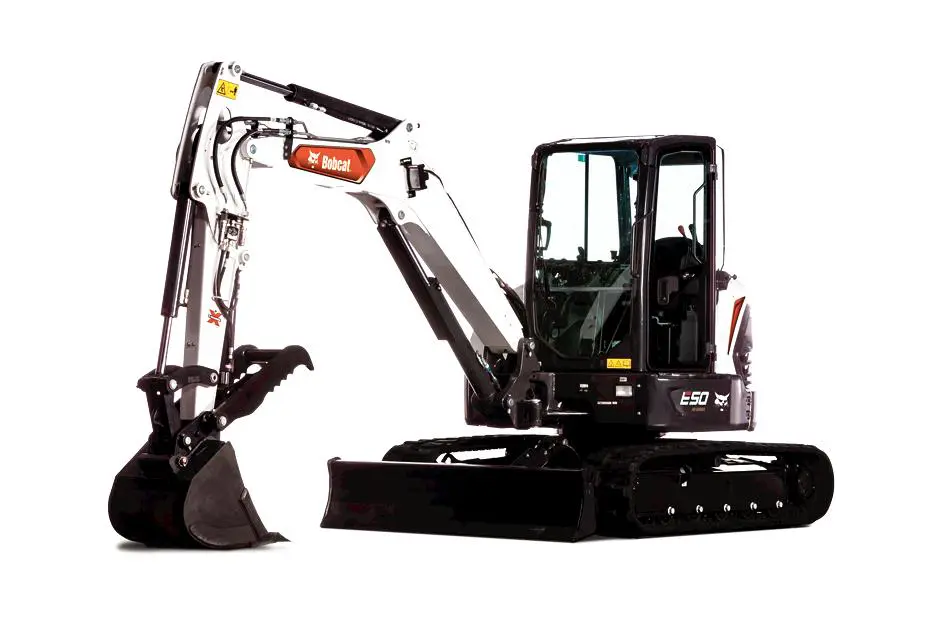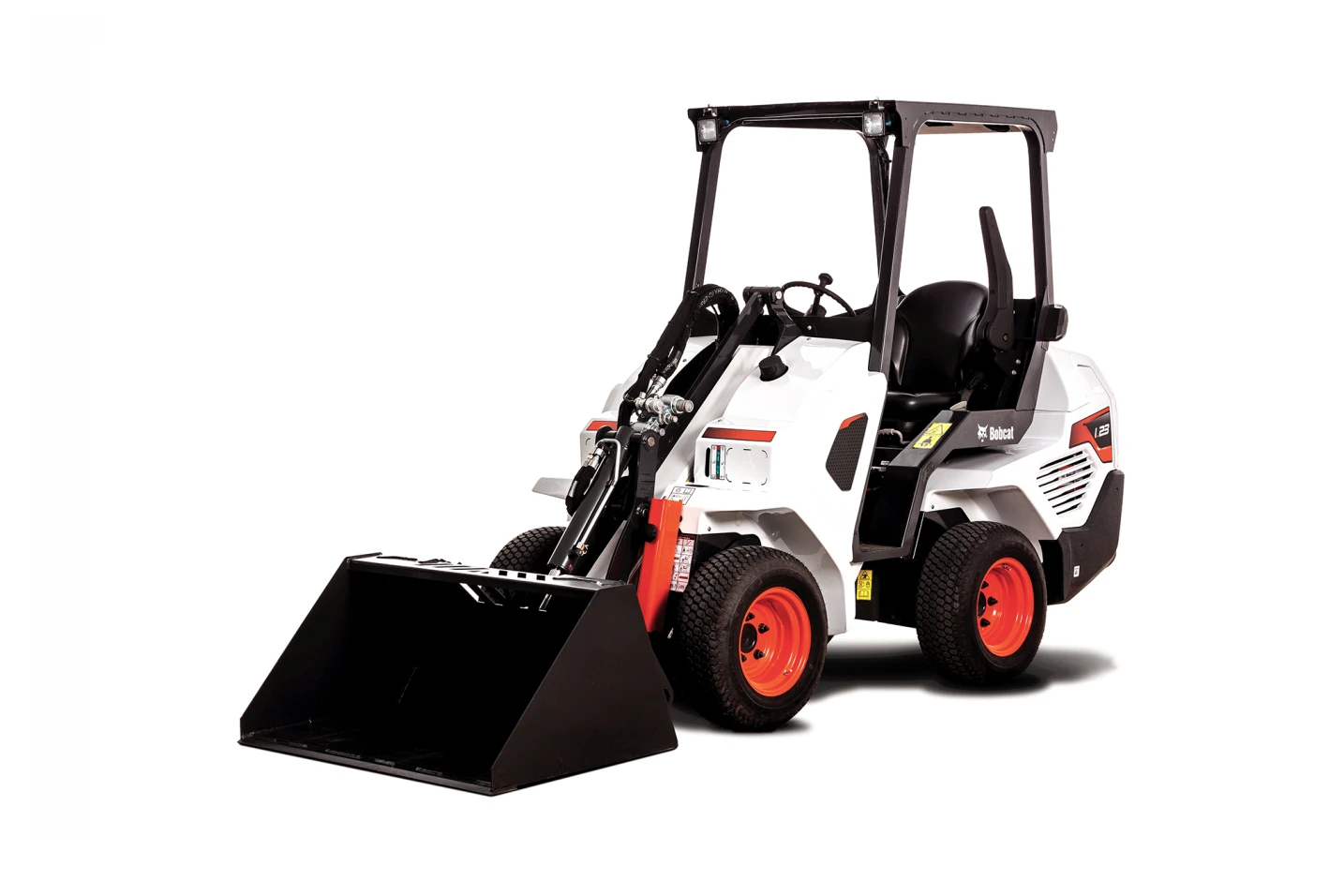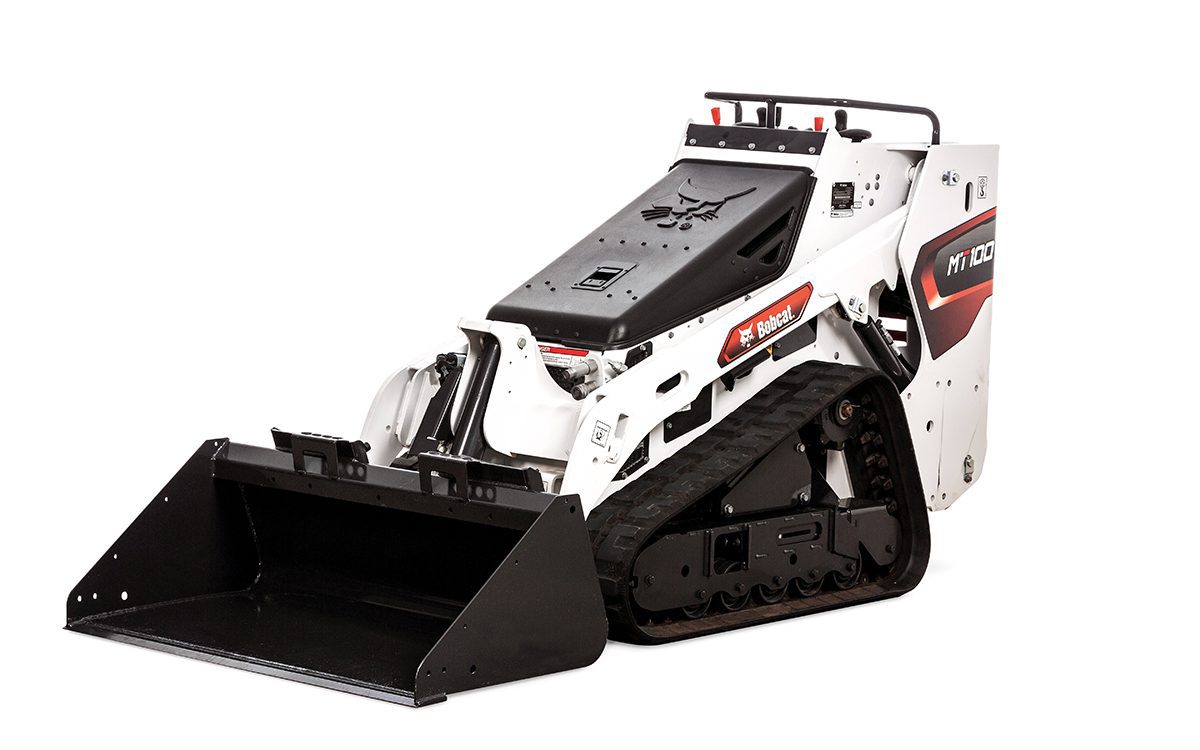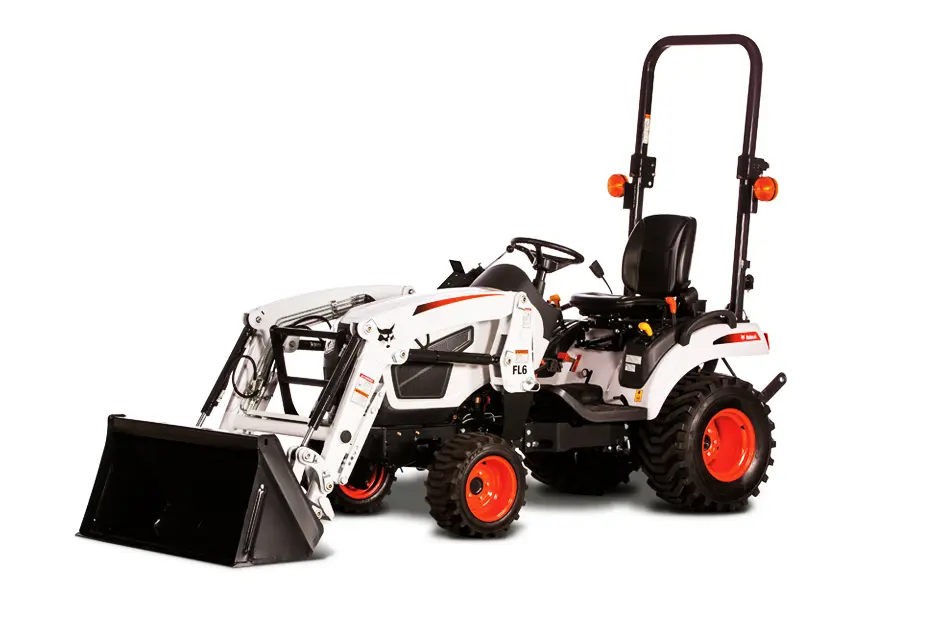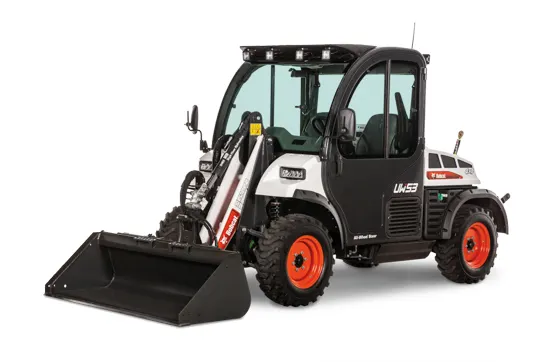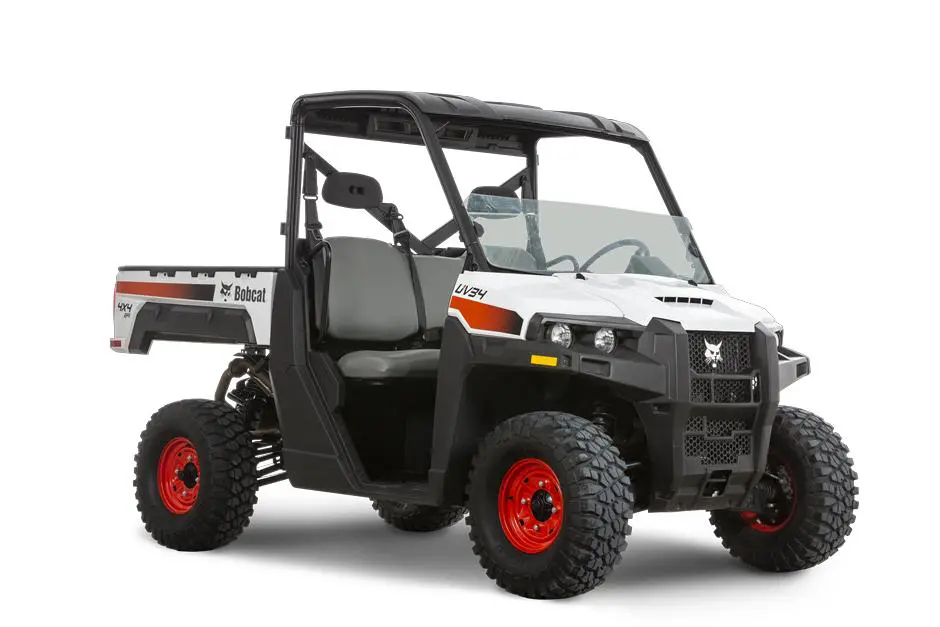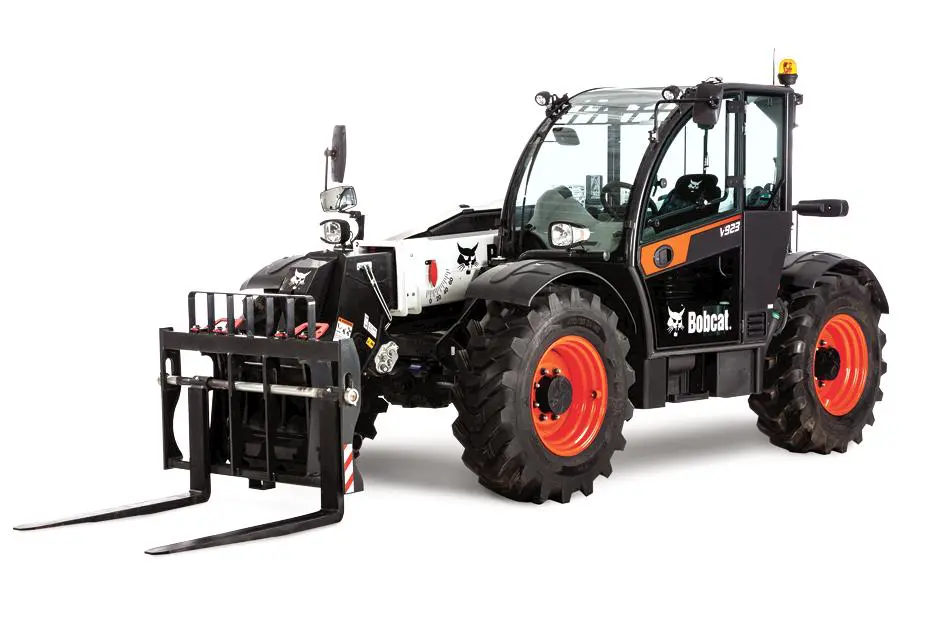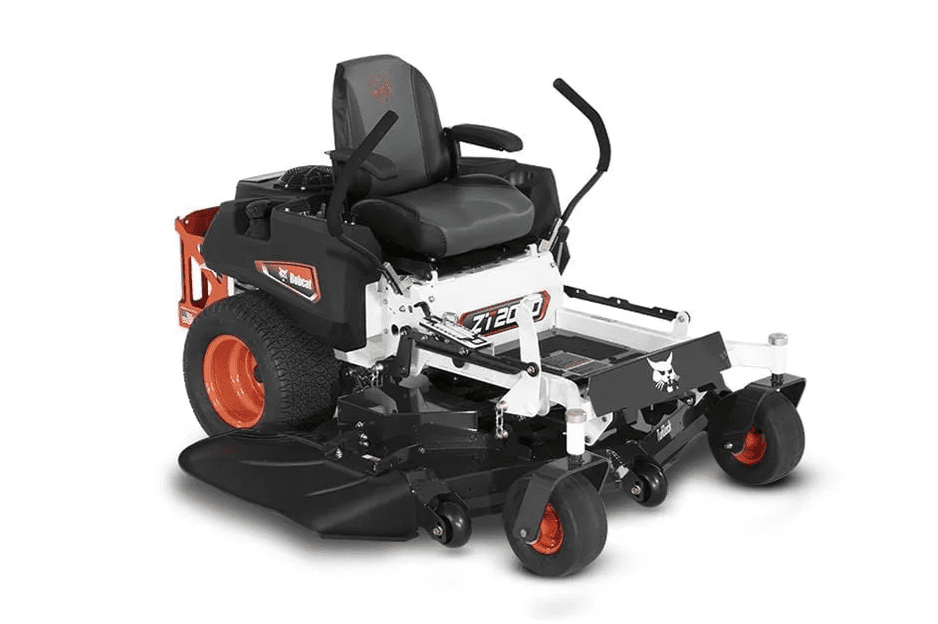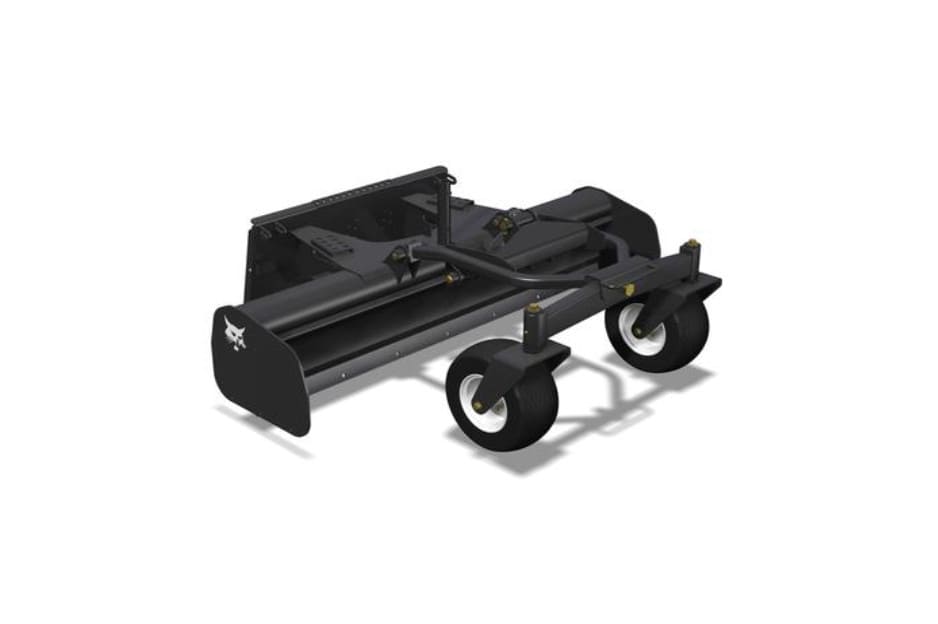Ten Tips for Boosting Compact Excavator Uptime
 Your compact excavator can be one of your most important investments. By making a commitment to a manufacturer’s routine excavator maintenance plan, they can generate revenue more hours of the day and more days of the year while staying on schedule.
Your compact excavator can be one of your most important investments. By making a commitment to a manufacturer’s routine excavator maintenance plan, they can generate revenue more hours of the day and more days of the year while staying on schedule.
1. Read the compact excavator’s manual.
An operator’s first task is to review the compact excavator’s Operation & Maintenance manual to become familiar with the machine’s safety features, instrumentation, controls, service schedules and maintenance points. Typically delivered with the machine, the operator’s manual contains manufacturer recommendations for maximum excavator uptime protection.
Most compact excavators come with an operator’s handbook, conveniently stored in an easily accessible area in the excavator cab. It’s a good resource for operators to review prior to using a compact excavator, regardless of how long they’ve been operating.
2. Top machine fluids off daily.
An effective excavator uptime maintenance regimen starts with a daily check of fluids, including coolant, hydraulic fluid and engine oil. If levels are low, refill with the manufacturer’s recommended type of fluid, paying particular attention to classifications, as well as viscosities for the operating environment. When checking levels, avoid contaminants by keeping areas dirt free and using clean rags.
Today’s compact excavators have emission-compliant diesel engines with unique lubrication requirements. Manufacturers match oils to their advanced engines to ensure proper operation of exhaust aftertreatment systems.
It’s also important to regularly lubricate a compact excavator’s boom and arm cylinders at recommended intervals, taking into consideration the application and temperatures where the machine will be working. To increase excavator uptime, manufacturers recommend quality lithium-based multipurpose grease to lubricate all key pivot points, including cylinders, booms, blades, buckets, arms and slew-bearing components.
3. Maintain equipment filters.
A compact excavator has multiple filters – fuel, engine, air and hydraulic – and each may have different service intervals. When dirty or completely clogged, a filter can directly impact excavator uptime and compromise sensitive components. Most compact excavators have air filter restriction indicators to alert operators to uptime maintenance needs. To avoid system contamination, don’t remove the filter until the required time.
4. Use clean, quality fuel.
Most manufacturers specify the use of clean, high-quality No. 2 or No. 1 grade diesel fuel. Compact excavator operators working in colder climates may prefer specially formulated blends designed to prevent gelling. At a minimum, compact excavators need ultra-low sulfur diesel fuel to reduce exhaust emission levels. Lower quality fuel can cause water separation in a fuel filter.
5. Inspect and maintain track tension daily.
The most obvious wear item on the compact excavator undercarriage are the rubber tracks, which most compact excavators are manufactured with. Jobsite conditions and operator behavior affect track life expectancy. Examine tracks daily to look for cuts, tears and exposed steel imbeds. Perforations allow moisture or contamination to enter the tracks, which could lead to rusting and shortened life expectancy (or whatever will happen).
The most important undercarriage interval item to monitor is track tensioning. A loose track may de-track, impacting its life and the machine’s uptime. Reference your Operation & Maintenance manual for ideal track tension ranges and the correct way to position the compact excavator for making adjustments.
While a daily inspection isn’t required, regularly monitoring other undercarriage components like idlers, rollers and sprockets can help identify potential maintenance needs. Accelerated wear on the sprocket is not common; however, you should still periodically examine the teeth. A good sprocket tooth has a rounded end, while a worn tooth is more pointed. Always check the teeth when installing a new set of tracks.
6. Inspect the loader’s cooling system daily.
An effective cooling system relies on adequate airflow and coolant levels. When airflow or coolant is low, you can lose power, overheat the engine, or, worst case scenario, damage the engine. Proper cooling system maintenance includes checking for proper airflow and coolant hose leaks. Clean the excavator’s radiator, oil cooler and condenser by applying low pressure air or water, but use care not to damage the radiator’s fins.
7. Maintain the battery and charging system.
A compact excavator’s electrical system relies on a 12-volt battery and fuses to protect the system in case of an electrical overload. Always replace failed fuses with a fuse of the same amperage rating. Battery cables should be tight and clean. Inspect for corrosion on the cable ends and the battery terminals. Prevention can typically be remedied with an appropriate tune-up, also known as dielectric, grease.
8. Keep ground-engaging tools in top shape.
Check attachment components, such as cutting edges, shanks, teeth and hoses, to determine if wear is developing or damage occurred in tough, rigorous applications. Replace worn or damaged pins or teeth to maintain excavator uptime.
9. Pay attention to the instruments.
Some compact excavators have onboard instrumentation systems with controllers that perform multiple maintenance-oriented functions. These systems log and display machine vitals like fluid temperatures and coolant levels while also warning operators when system parameters are out of sync. If an operator doesn’t heed the warning messages, the systems will shut down the compact excavator to prevent catastrophic damage .
10. Safety is essential to productivity.
Rugged and versatile, compact excavators often work in challenging off-highway and rough terrain applications in a wide variety of conditions. Before operating a compact excavator for the first time, operators should understand what each and every lever and control does and how to operate the machine safely. In addition to the operator handbook, the compact excavator-specific Association of Equipment Manufacturers (AEM) safety manual is another source of valuable information.
Operators should always follow manufacturer instructions for maintaining ROPS /TOPS (rollover protective structures/tip-over protective structures) cab structures and make sure mounting hardware is secure. Seat belts should be properly tensioned and in good working condition. Control console lockout systems should be functioning. Safety decals should be intact and legible, and all work lighting should be operational and visible.
More Articles from White Star Machinery View All
736
Machine Listings
We carry the full line of Bobcat ® products, including excavators, compact track loaders, skid-steer loaders, VersaHANDLER® telescopic tool carriers, mowers, compact utility tractors, utility vehicles and Toolcat™ utility work machines, plus a wide selection of attachments.


 Promotions
Promotions Payments
Payments Call Us
Call Us Contact Us
Contact Us